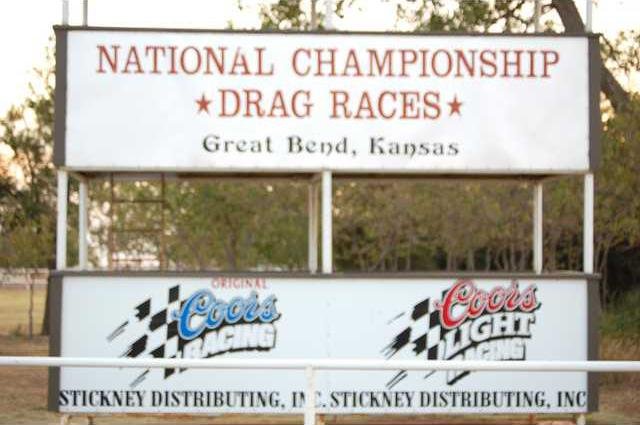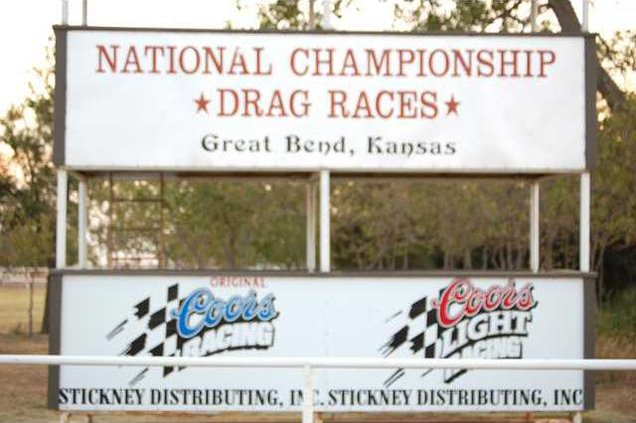A change order to the contract for restoring the Sunflower Rod and Custom Association Dragstrip at the Great Bend Expo was approved Monday by the City Council.
Installing continuous reinforced pavement (CRP) in the racing lanes will add $336,443 to the construction agreement with Bartlett & West but will address performance concerns and make the track more durable, City Administrator Logan Burns explained.
An amendment to the Guaranteed Maximum Price (GMP) for the dragstrip project was added to the agenda and approved. To mitigate performance concerns associated with traditional control joints along the track, and for long-term durability, the change was recommended. The council approved this amendment to the Bartlett & West construction agreement for $336,443.
To fund this enhancement, $100,000 will be drawn from the construction contingency fund, leaving a balance of $329,000 for any future change orders. The additional cost will be covered using 2024 year-end transfers in the City budget, from which $386,130 is currently available.
Jim Rinner from Bartlett & West and Hank Denning from the SRCA were there to answer questions.
This was Amendment No. 3 to the agreement between the City and Bartlett & West.
Here is the information presented in the agenda:
“Following the design-build process and after consultations last week with subject matter experts – including concrete engineers, representatives from NHRA (National Hot Rod Association) and SRCA, Bartlett & West and City staff, it was determined that, for long-term durability, the racing lanes must be designed to withstand the extreme wear and tear from dragsters and the impact of repeated track preparation activities. This includes addressing performance concerns associated with traditional control joints along the track.
“To mitigate these issues and enhance the longevity of the surface, the revised approach is to install continuous reinforced pavement (CRP) in the racing lanes. This will consist of 17-foot, 6-inch-wide lanes beginning 50 feet before the starting line and extending 150 feet past the finish line. The CRP will be reinforced with #7 rebar at 3 feet on-center spacing transversely. This method eliminates the need for cutting both longitudinal and transverse control joints, which were previously required with the use of welded wire fabric and joints spaced every 12.5 feet.”
Councilmember Cory Urban, who was presiding over the meeting in the absence of the mayor, commented on the dragstrip project. “If we’re going to do it, we’re doing it right.”
Councilman Gary Parr asked Denning if he approved of the change. Denning said the ideal option is a track without seams, which the City cannot afford. He described the enhancement as a compromise but said, “It’s going to work.”
“Do you see issues if we pass this?” Parr said.
Denning said no, adding this approach has been used at other tracks.




